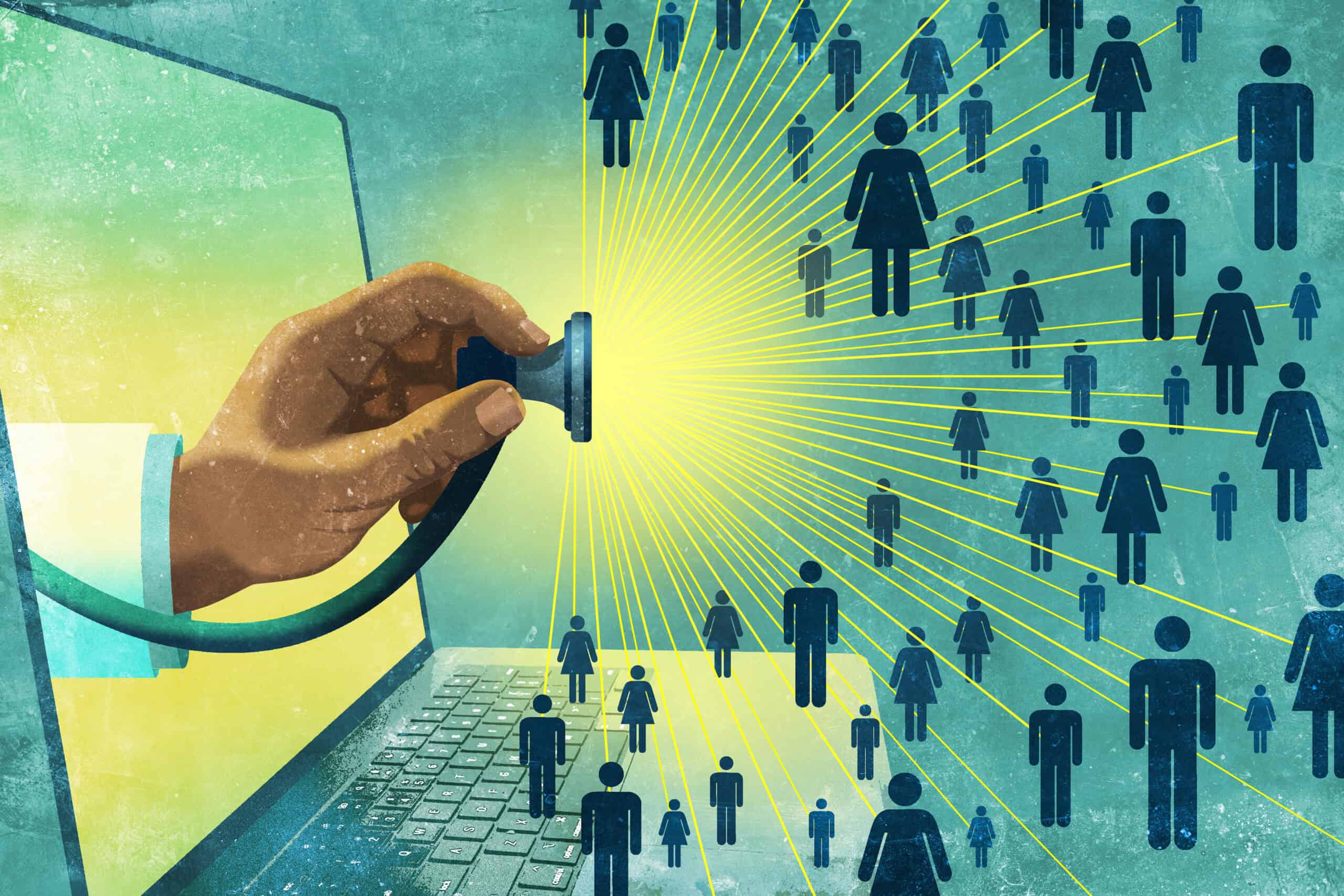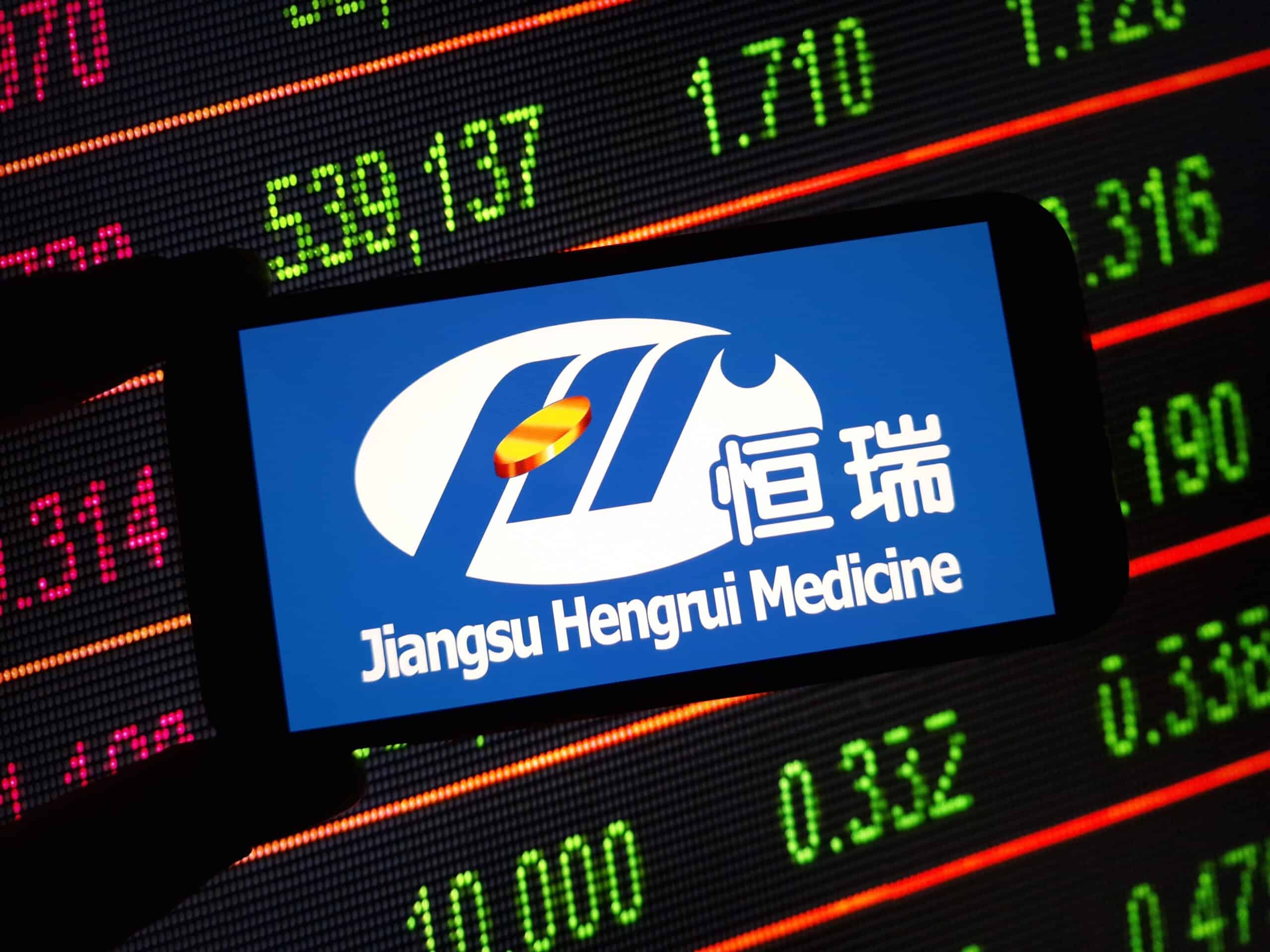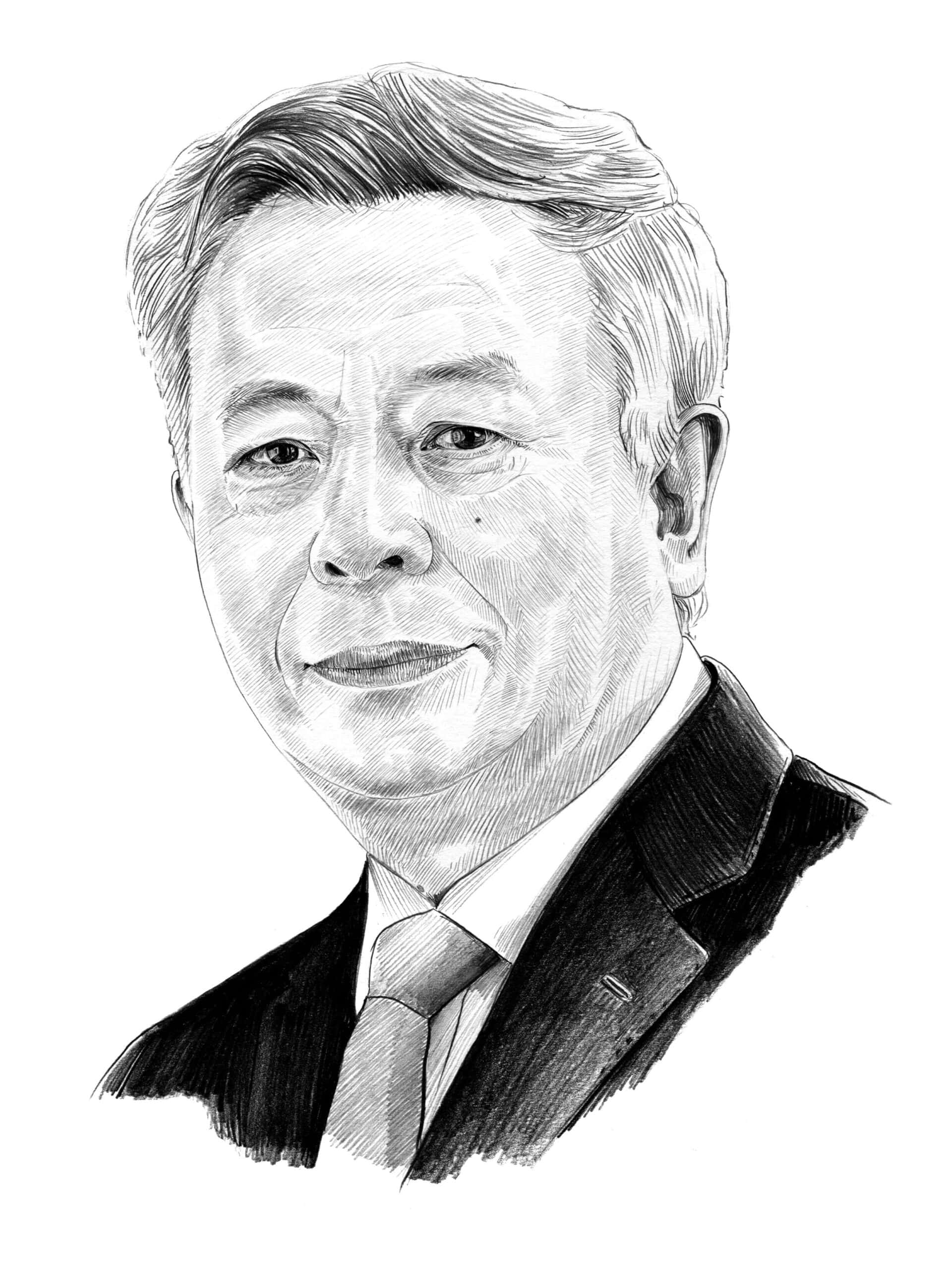Sarah Bianchi has been a longtime policy aide to a string of leading Democrats, starting as a healthcare advisor to Vice President Gore. During the Obama administration, she was policy director to Vice President Biden from 2011 to 2014 and focused mainly on domestic issues. She later served as chair of the policy advisory board at the Biden Institute at the University of Delaware. Her appointment as President Biden’s Deputy U.S. Trade Representative was something of a surprise because tha
LISTEN NOW
Face-Off: U.S. vs. China returns for new season
An award-winning podcast about the world’s two superpowers, the two men in charge, and the vital issues that affect us all. Face-Off cuts through the noise for the real story, with essential historical context.



